Lingerie Marketing 101: How Can Intimate Apparel Industry Attract More Consumers
Intimate wear is defined as the objects you wear under your clothes. These consist of bras, briefs, shapewear, sleepwear, thermals, loungewear, socks, and stockings.
The intimate apparel industry has gone from being viewed as a necessity referred to as “foundation garments” and “unmentionables” in hushed tones, to being a developing segment of the fashion world and a pillar on runways. Unlike the average apparel industry, intimate items are growing, due in large to the adaptability of intimate apparel manufacturers whose younger, mobile-savvy customers have adopted eCommerce, and social commerce as part of the purchase process.
With that in mind, we are going to explore the market, how to construct a lingerie advertising campaign, the opportunities available, and the challenges faced.

The Rise of The Intimate Apparel Industry
If you take a look back over some lingerie statistics from the past few years, the truth is, back in 2019 more than 9,000 stores had plans to shut their doors, and half of them had made the declaration and commenced closing shops in the first quarter of 2020. The media called this mass closure event the Retail Apocalypse. And the culprit? A change in buying behaviours as a result of the upward shove of e-commerce, cell commerce, and social commerce.
What was referred to as a retail apocalypse was just the ultimate leg of shops having to make the shift from physical structures and in-person sales to web page traffic. But that’s one element intimate apparel manufacturers have carried out very well, and here's why.
Intimate Apparel Market Statistics
When it comes to intimate’s market trends, our research has found that the industry is booming, and we have the figures to prove it.
- The global luxury lingerie market was valued at £8,319 million in 2020
- The global luxury lingerie market is expected to be valued at £14,484 million in 2027
- Europe and North America account for two-thirds of the world's lingerie market
- The entire UK underwear market is worth approximately £4.5 billion
- The UK underwear market is forecast to rise to almost £5.8 billion by 2026
- The market is anticipated to reach $217.7 billion by 2022
Information Credit: bedbible.com
The Rise of Body Positivity
Now, let’s discuss a topic that intimate apparel manufacturers and retailers have foolishly tried to overlook – actual women.
The body positivity movement has put pressure on the intimate wear industry, forcing them to rethink their product offering and the marketing strategy for apparel brands.
Curvy women now make up 68 percent of retail shoppers. One in three teens wears sizes that are considered plus-size. According to our research, the average British woman is now a UK size 16, with 30% stating that they view anything higher than a size 18 as plus size.
In fact, more than 10 million women in the United Kingdom are now size 16 or larger.
In response to the growing plus-size market, we have seen brands adapt their marketing strategies. HanesBrands rolled out Maidenform and Playtex products in step with the body's positive movement. This movement has been particularly beneficial due to the fact that 81% of women in the UK believe that their body shape is not being considered when it comes to clothing.
Maidenform’s improved line released undergarments for women sizes 16 to 30, in all stores. Playtex Love My Curves was increased to consist of bra cup sizes up to G, along with matching panties, which the company did for the first time. This form of inclusive marketing has won over consumers worldwide.

How the Intimate Apparel Industry has Changed
Victoria’s Secret is recognised for being outlandishly sexy when marketing lingerie. Since the 90s, it’s hosted the most impressive fashion shows with beautiful, spell-binding lady models.
To be fair, Victoria’s Secret didn’t just count numbers on its fashion indicates to generate buzz. Their presence on Facebook, YouTube, and Instagram is impressive. Plus, Victoria’s Secret angels are themselves, fashion influencers.
We’re used to intimate apparel brands using sexual appeal to attract their audience. But Tommy John (originally a men’s undergarment label) decided to do something a little different. He decided to make his target audience laugh.
One way the company pulled this off was through a Valentine’s Day poll, which printed funny statistics about men. For example, 33 percent of men whose moms purchase their undies adjust themselves almost ten times a day. You’ll find some stats a bit over-the-top, however, it’s the humour that counts.
Challenges of Marketing an Intimate Apparel Brand
Although the intimate apparel industry is thriving at the moment, you still need to do everything in your power to stand out from the crowd. This means overcoming a few hurdles when marketing lingerie. One of the biggest challenges facing online lingerie brands is new customer conversion. If a brand does not have a big reputation, consumers will be unwilling to invest in their lingerie. Concerns about fulfilment, quality, comfort, and fit can dissuade possible customers, which is why building trust is a necessity.
This is where influencer marketing can really show its worth, as well as building social proof via your social media presence.
Another issue is a lack of online reviews. Look for ways to entice past customers to leave positive feedback about your brand. After all, 85 percent of people have said they trust online reviews just as much as they trust their friends’ personal recommendations.
Intimate Apparel Marketing Examples
Let’s take a look at some successful intimate apparel marketing examples so you can get a better understanding. There is only one place to begin, and this is with the Adores Me campaign, which ran just before Valentine’s Day. This was all about female empowerment!
Their intimate apparel marketing video has millions of views and depicts different women’s choices. At the end of the video, you see the tagline “whatever you want to do in our lingerie.
The video was inspired by a thread on Reddit that asked women what they wanted for Valentine’s Day. It was all about women being honest about what they wanted and the brand supporting their choices.
Another brand that is thriving at the moment is Savage X Fenty. However, it’s not just the famous face of Rihanna that has made this lingerie and sleepwear company such a hit.
Savage X Fenty keeps on capturing the attention of Gen Z audiences by representing inclusivity, confidence, and fearlessness. If you have ever watched one of the Savage X Fenty shows on Amazon Prime, you will know just what we are talking about.
With a clever 90-day “guaranteed fit” free returns policy and body-positive message, Savage X Fenty sets the bar when attracting and retaining loyal Gen Z audiences by committing to diversity.
Our Top 10 Tips for When it Comes to Marketing Intimate Apparel
So, let’s take a look at our top ten lingerie advertising tips:
- Create an interactive homepage to attract potential customers
- Build a solid referral system
- Cater for all body types and make it relatable
- Provide insight to help women and men select the correct size and choose garments accordingly
- Be consistent in your messaging and approach, be authentic
- Look at the bigger, practical side of underwear shopping if you will
- People are looking for a “real” brand, focused more on real people and not body specific
- Social media is your greatest asset, use it wisely
- Address the unique needs of the demographic, for example, Cotton On has created a range of period panties that are a comfortable, sustainable approach to the mensies,
- Be daring, but not offensive
The Future of Intimate Apparel Marketing
As evidenced by this article, this industry is growing. So much so that the Global Intimate Apparel market size is expected to hit
Global Intimate Apparel market size is projected to reach approximately USD 90 billion by 2026. This is impressive when you consider almost USD 77 billion from 2020. The key to success if this market is simple, they adapt to the changing needs of the consumer. This is something that many other markets are yet to discover.
If you are in the Lingerie industry and want to improve the sales of your Lingerie brand, get in touch with us! We are the creative digital agency you should talk about your project.
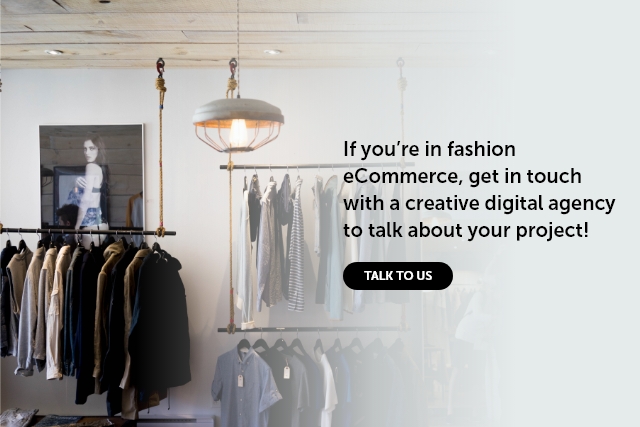
Subscribe To Us






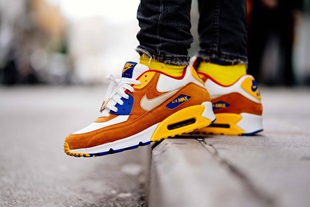





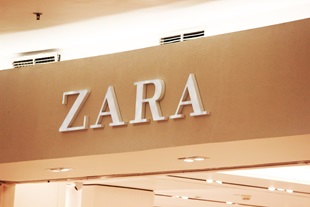

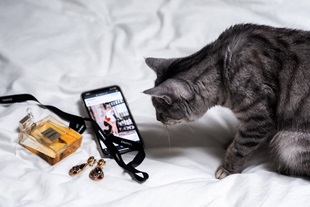
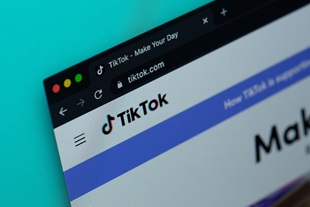

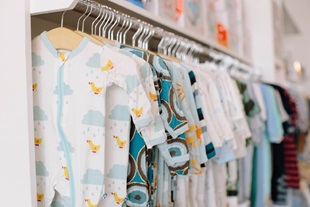


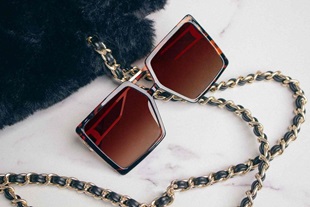

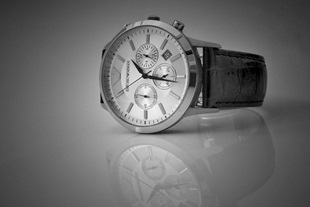

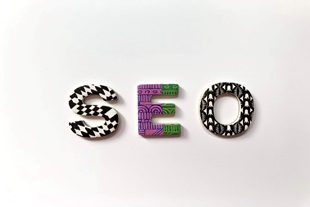
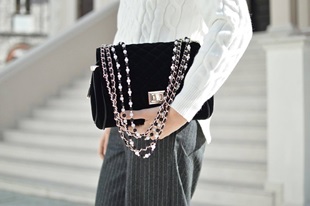


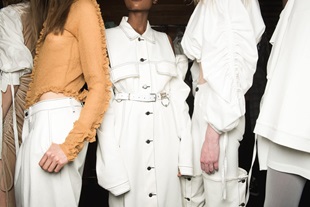

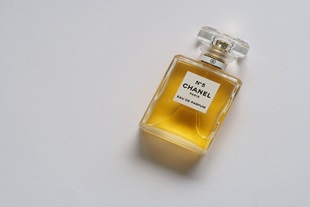

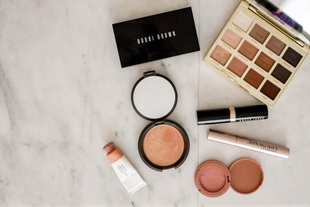
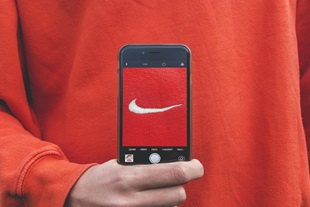

.jpg?mw=310)











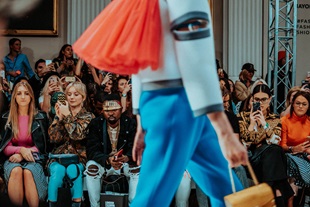

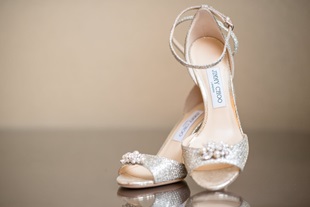
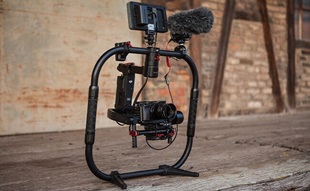









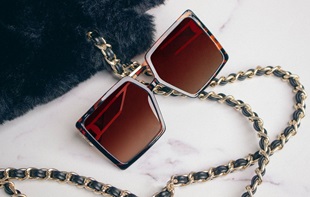


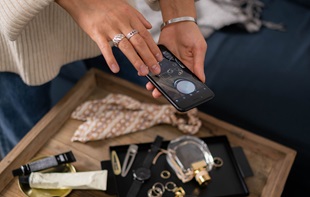

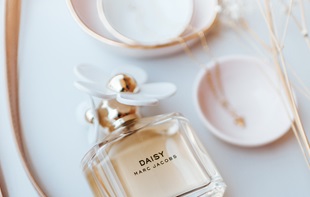

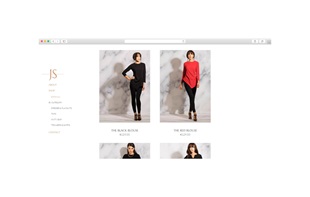

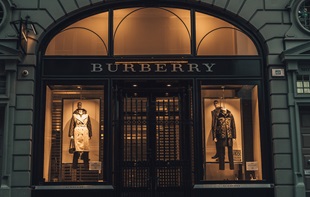





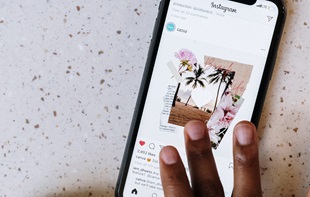




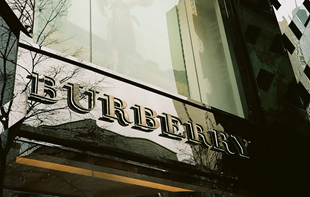



.jpg?mw=310)
.jpg?mw=310)
.jpg?mw=310)
.jpg?mw=310)

.jpg?mw=310)
.jpg?mw=310)




0.Comments